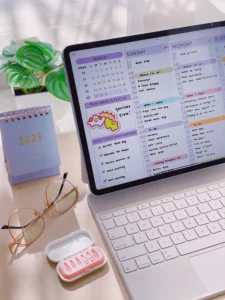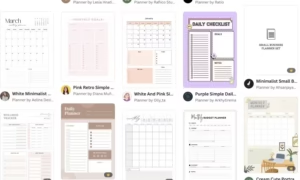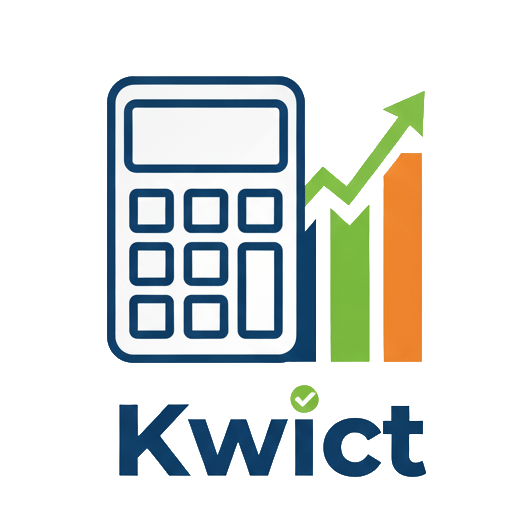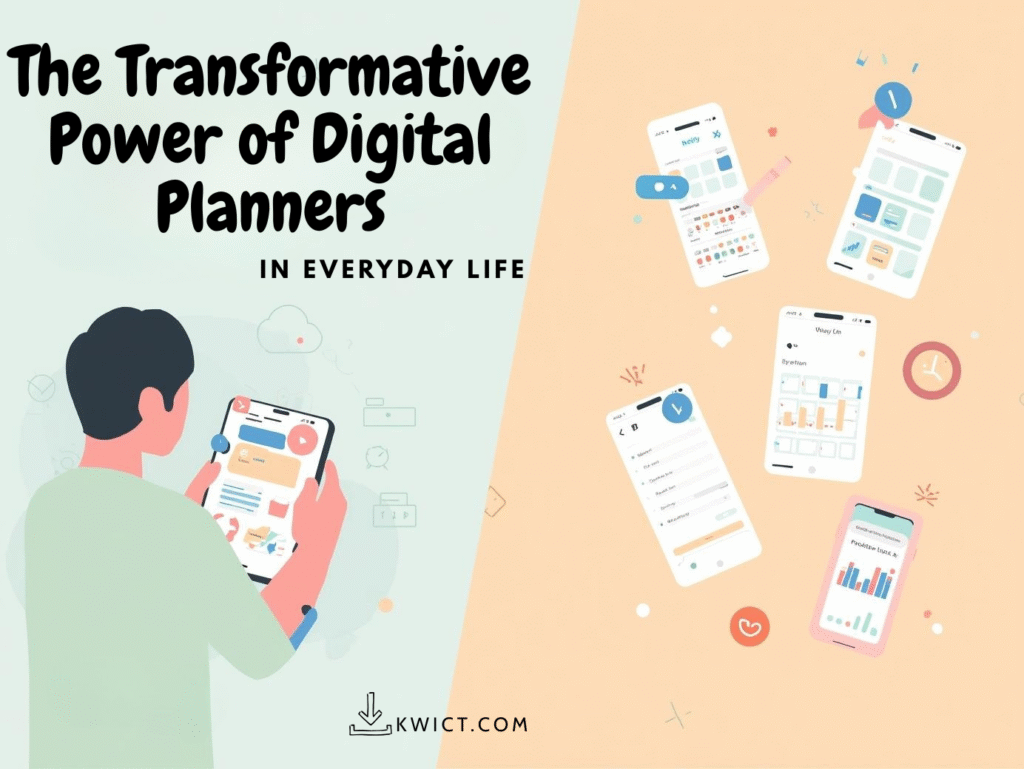Blogs
The Transformative Power of Digital Planners in Everyday Life
1. Why Digital Planners Are Becoming Essential
In a world where productivity tools evolve as quickly as our daily routines, Digital Planners have emerged as one of the most practical, adaptable, and user-friendly solutions for staying organized. Unlike traditional paper planners, Digital Planners combine structure, flexibility, and interactivity in a way that aligns perfectly with the demands of modern life. They help users manage schedules, track habits, maintain goals, coordinate projects, and store information—all within a single, portable ecosystem. Whether you’re a student juggling deadlines, a busy professional managing multiple tasks, or a parent organizing household duties, Digital Planners fit seamlessly into nearly every lifestyle.
One defining advantage of Digital Planners is their ability to merge functionality with personalization. Users can incorporate productivity templates, embed links, integrate calendars, or customize layouts in ways paper planners simply cannot accommodate. With features like hyperlinked tabs, drag-and-drop stickers, digital note-taking, and cloud synchronization, these planners provide a unified platform that changes how individuals approach daily planning. Apps like GoodNotes, Notability, and OneNote have increased the visibility of digital planning and facilitated its widespread adoption.
2. Key Benefits and Practical Use Cases

2.1 Enhanced Flexibility and Personalization
One of the strongest appeals of Digital Planners lies in their near-limitless customization. Users can modify fonts, colors, layouts, or add new sections without purchasing a new planner every time their needs change. Additional related tools such as digital planner stickers, productivity templates, digital journals, and goal-setting layouts allow individuals to experiment with their personal workflow and planning style. This adaptability ensures users can refine their planning system until it perfectly matches their lifestyle.
2.2 Eco-Friendly and Cost-Effective
As sustainability becomes a priority for many households and businesses, Digital Planners offer a zero-waste solution to staying organized. Instead of consuming paper or buying new planners each year, individuals can reuse digital templates indefinitely. Over time, this makes digital planning significantly more economical. It’s also ideal for people who prefer a minimalistic lifestyle but still need a structured system to manage daily responsibilities.
2.3 Portability Across Multiple Devices
Modern life is increasingly mobile, meaning people require tools that move with them. Digital Planners can be accessed from tablets, smartphones, and computers, ensuring that schedules and notes are always within reach. Cloud-based syncing allows users to update tasks on one device and see immediate changes across all others. This level of accessibility makes digital planning especially beneficial for remote workers, frequent travelers, and students who rely on multiple devices throughout the day.
2.4 Interactive Features That Paper Cannot Match
The interactive capabilities of Digital Planners transform planning into a dynamic experience. Users can insert audio notes, add hyperlinks, embed images, or switch between monthly, weekly, and daily layouts seamlessly. Productivity tools like habit trackers, project management pages, meal planning spreads, and budgeting templates can be reorganized or updated as needed. These flexible functionalities give users more control over how they structure and visualize information.
3. How to Choose the Right Digital Planner
3.1 Identify Your Planning Style

Before choosing a planner, evaluate how you naturally organize tasks. Do you prefer detailed daily pages, or do you plan in broad weekly overviews? Are you visual, analytical, or goal-oriented? Understanding your natural planning tendencies helps narrow down which Digital Planners or related tools—such as goal planners, project planners, or time-blocking planners—will best support your needs.
3.2 Consider Compatibility With Your Devices
Not all planners work on all devices. Most Digital Planners are designed for use with iPads and stylus tools like the Apple Pencil, but many function well on Android tablets, desktops, or phones. Make sure your chosen planner is compatible with the apps you prefer, whether that’s GoodNotes, Notability, Noteshelf, or OneNote.
3.3 Evaluate Layout and Design Options
The visual design of a planner greatly affects the user’s experience. Some Digital Planners focus on minimalist aesthetics, while others feature colorful, highly decorative spreads. When selecting one, ensure that the design aligns with your goals. A clean, uncluttered planner may work best for professionals, while students or creative users may prefer planners with more expressive templates and digital stickers.
4. Maximizing Productivity With Digital Planners
4.1 Use Time-Blocking and Habit Tracking
Combining Digital Planners with time-blocking helps users dedicate specific hours to tasks, resulting in improved focus and workflow consistency. Meanwhile, habit-tracking pages reinforce daily routines and long-term goals. These tools work synergistically to help users build discipline and maintain motivation.
4.2 Integrate Work and Personal Systems
With customizable sections, individuals can organize every part of their life in one digital space. Many users create separate but connected areas for work tasks, fitness goals, meal planning, home management, budgeting, and even journaling. This unified organizational structure reduces mental clutter and improves long-term planning accuracy.
4.3 Sync With External Tools
To enhance efficiency, Digital Planners can be combined with other digital tools such as cloud calendars, task apps, or note-taking extensions. Syncing a digital planner with Google Calendar or Outlook ensures deadlines and appointments are always up-to-date. Using digital notebooks or cloud storage provides additional space for archiving older planner pages.
The Future of Digital Planning
As technology continues to evolve, Digital Planners will become increasingly advanced and intuitive. We can expect more cross-platform capabilities, AI-enhanced scheduling, automated reminders, and even planners that adjust layouts based on productivity patterns. With the growth of remote work and digital learning, the demand for Digital Planners, digital notebooks, and interactive templates will only continue to rise.


